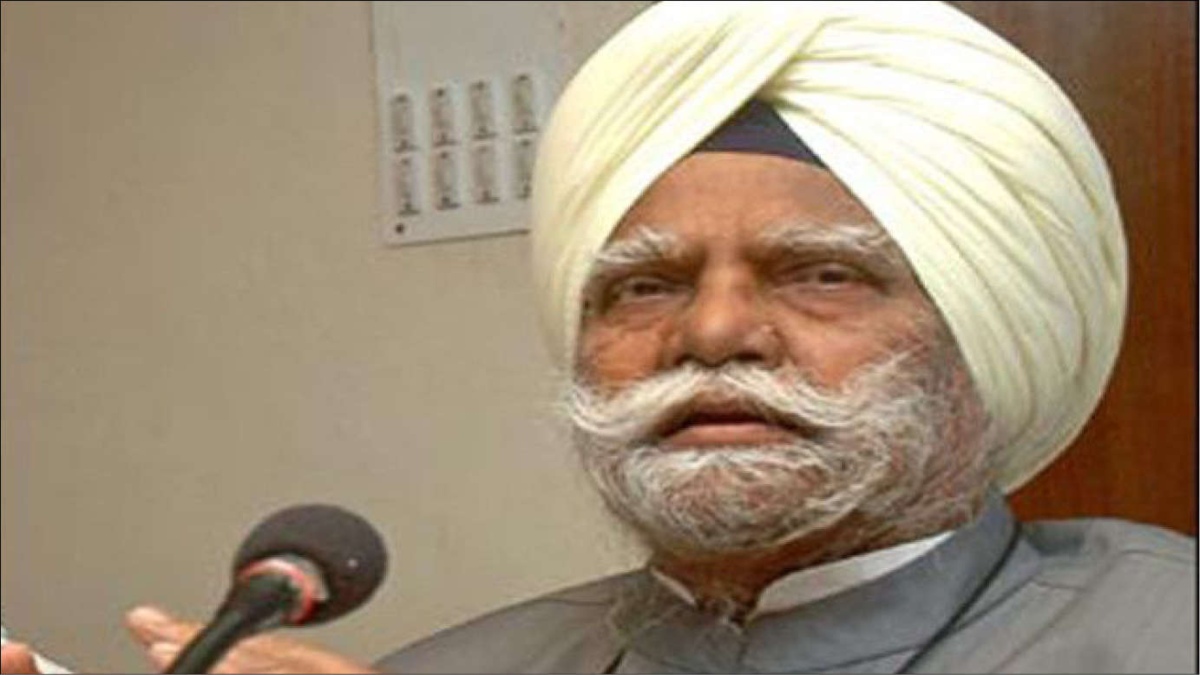


When Indira Gandhi and Sanjay split the party in 1978 to form the Congress (I), they consciously chose Buta Singh to be the lone general secretary of the organisation. The Dalit leader from Punjab enjoyed the confidence of both of them and it was because of his ability to handle party affairs and his loyalty to the High Command that he was hand-picked for the job. In today’s Congress, there are over 125 office bearers, most of them, unknown entities, who have been entrusted the task of strengthening the grassroots base, but who all have collectively failed to deliver in the past so many years.
The current leadership must take a leaf out of Indira Gandhi and Sanjay’s book to select only those people who can accomplish what they have been assigned. Buta Singh was the man for all seasons and though he was elected from Ropar in Punjab to begin with, he had to shift to Jalore in Rajasthan after he was excommunicated from the religion by the Akal Takht for supporting Operation Blue Star. He functioned at a crucial phase in the history of the party and helped Indira and Sanjay during their most critical period. It was subsequently that Sanjay brought in Abdul Rehman Antulay as the second general secretary, shortly before state elections were announced. Buta Singh was in charge when the Congress got its ‘Hand’ symbol after AICC member Bansi Lal Mehta convinced then Chief Election Commissioner S.L. Shakdhar to concede to Indira Gandhi’s request. After Sanjay’s untimely death in June 1980, Buta Singh was asked by the then Prime Minister to assist Rajiv Gandhi. It was well known that Buta Singh and Giani Zail Singh who was the Home Minister and later the President of the Republic did not see eye to eye. He endorsed the military intervention in Darbar Saheb to flush out hardcore militants led by Jarnail Singh Bhndranwale. After Indira Gandhi’s passing away, it was Buta Singh who was entrusted with many missions by Rajiv, who also appointed him later as the Home Minister. The shilanyas at the disputed site at Ayodhya took place when he was in-charge.
There is also an interesting story that is often narrated in political circles to illustrate Rajiv’s faith in him. Shortly before the expansion of his Cabinet, P.V. Narasimha Rao, who was very close to Raghunandan Lal Bhatia, a Congress leader from Amritsar, told him that he was going to be inducted into the ministry the next day. This he said had been conveyed to him by the Prime Minister himself. Bhatia asked Rao if there was anyone else who met Rajiv after he had left the room. Rao replied that Buta Singh was going inside as he was stepping out. Bhatia predicted that he would not make it. And this turned out to be true because Buta Singh shot down the proposal and Rajiv accepted it.
Buta Singh left the Congress for a brief period and joined the Atal Bihari Vajpayee government after being elected as an Independent from Rajasthan. His home coming later resulted in his being made the Governor of Bihar. Buta Singh’s name would always be mentioned whenever the history of the Congress is written all over again.